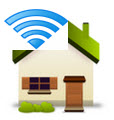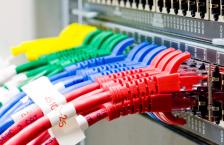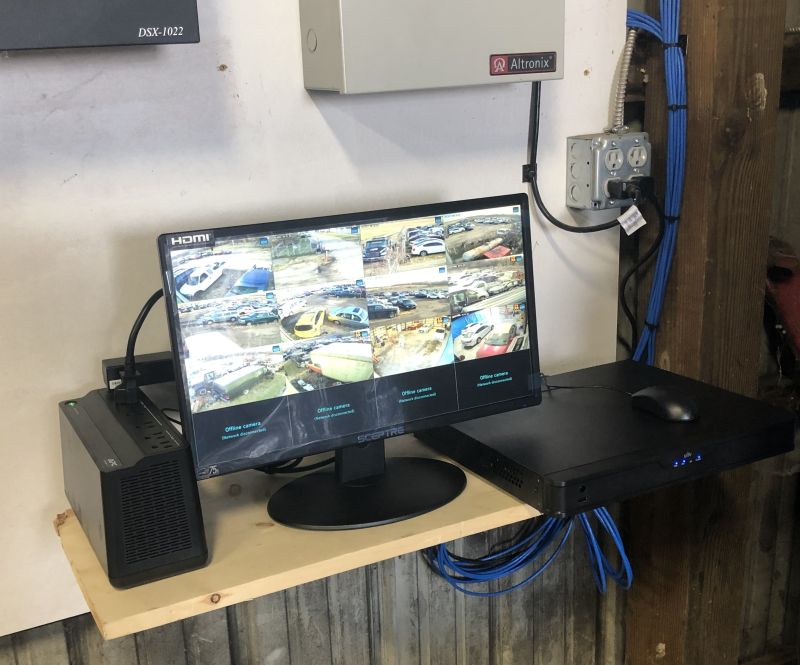In the ever-evolving landscape of network technology, the ability to craft your own Cat5e, Cat6, or other types of Network cables is a valuable skill. This guide provides both a foundational understanding for newcomers and a quick reference for the seasoned professionals.
Background and Specifications
Since the 1990s, Unshielded Twisted Pair (UTP) cabling has overtaken coaxial cable for Ethernet networks due to its ease of installation and cost-effectiveness. With the advent of 100Base-Tx and Gigabit Ethernet (1000Base-T), the evolution from CAT3 and CAT4 to CAT5 and beyond has been necessary.
The following table outlines the industry standard specifications for modern twisted-pair network cables:
| Category | Type | Frequency | Max Length | LAN Applications | Attenuation (dB/100m MAX@100MHz) | Characteristic Impedance (ohms) | NEXT dB (MIN@100MHz) |
|---|---|---|---|---|---|---|---|
| CAT5 | UTP | 100 MHz | 100m | 100Base-Tx, CDDI, 52-155Mbps ATM | 22 dB | 100 ohms ±15% | 32 dB |
| CAT5e | UTP | 100 MHz | 100m | 1000Base-T, 52-155Mbps ATM | 22 dB | 100 ohms ±15% | 35 dB |
| CAT6 | UTP | 250 MHz | 100m | 1000Base-T, 155-622 Mbps ATM | 19.8 dB | 100 ohms ±15% | 44 dB |
| CAT7 | ScTP | 600 MHz | 100m | – | – | 100 ohms ±15% | – |
For a future-proof network, opt for UTP CAT6. However, CAT5 suffices for non-Gigabit Ethernet. Be mindful of cable types like CMR (riser) and CMP (plenum), with the latter being mandatory in certain installations.
Cable Anatomy
UTP cables are composed of 8 insulated wires, forming 4 twisted pairs, each pair color-coded for identification. There are two types of patch cables: straight through and crossover. Both utilize RJ45 connectors, but differ in wiring and application.
Color Codes and Pin Usage
Ethernet standards specify two color layouts: 568A and 568B. For straight through cables, both ends should match using one color code. For crossover cables, one end should use 568A and the other 568B, swapping the green and orange pairs.
Remember:
- 568A on both ends is a straight through cable.
- 568B on both ends is a straight through cable.
- 568A on one end and 568B on the other is a crossover cable.
Termination Process
To create your cables:
- Use a quality crimper and have spare RJ45 plugs.
- Strip no more than 0.5 inch of the jacket, keeping wire insulation intact.
- Arrange wires in the correct order, untwisting only as necessary.
- Cut wires evenly and insert into the RJ45 connector.
- Double-check the order, ensure all wires reach the end, and crimp.
Additional Notes
Crossover cables connect similar devices, while straight through cables connect a device to a network hub or router. Modern network devices may feature auto-sensing ports that accommodate both cable types.
Cautions
Avoid running network cables near sources of Electromagnetic Interference (EMI). Adhere to bending radius guidelines and never exceed 25lbs of pulling pressure.
Conclusion
Whether you’re setting up a home network or managing an enterprise system, understanding how to make and choose the right network cables is crucial. By following the guidelines above, you can ensure a reliable and efficient network setup.
For more insights and articles on networking, visit 800908.com.






0